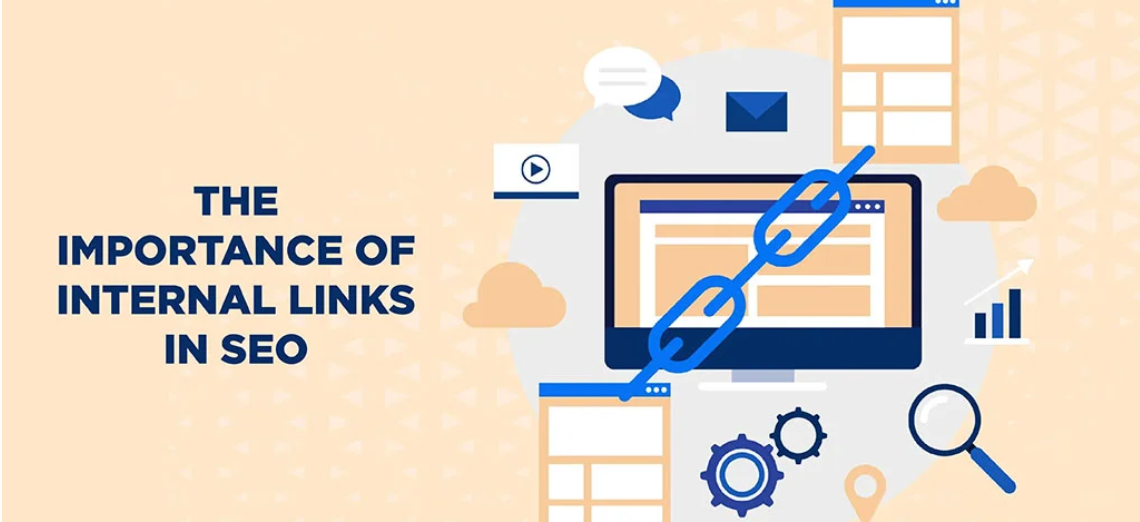The Power of Internal Linking: How to Improve SEO and Reduce Bounce Rates
Internal linking is a fundamental yet often overlooked SEO strategy that can significantly boost your website’s rankings, enhance user experience, and reduce bounce rates. When done correctly, internal linking helps search engines understand your site structure, distributes link equity across your pages, and keeps users engaged for longer. In this blog post, we’ll explore the importance of internal linking and how you can use it effectively to improve your SEO and reduce bounce rates.
What is Internal Linking?
Internal linking refers to the practice of linking one page of your website to another within the same domain. These links help users navigate your site and provide search engines with contextual information about your content.
Types of Internal Links:
Navigational Links: Found in menus, sidebars, and footers to help users find essential pages.
Contextual Links: Embedded within content to guide readers to relevant pages.
Breadcrumb Links: Show the user’s location within the site hierarchy.
Footer Links: Often used for linking to important pages like privacy policies, contact pages, or blog categories.
Why Internal Linking is Powerful for SEO
1. Enhances Website Structure and Crawling
Search engines like Google use internal links to crawl and index your site more efficiently. When you link to different pages strategically, it helps Google understand the relationship between your pages and their hierarchy.
2. Distributes Link Equity (Page Authority)
Internal links pass authority (also known as “link juice”) from high-ranking pages to other pages on your website. This boosts the overall authority of your content, improving your chances of ranking higher in search results.
3. Improves User Experience and Engagement
A well-structured internal linking strategy keeps users on your site longer by directing them to valuable, related content. This enhances user experience and reduces bounce rates, which can positively impact your SEO.
4. Helps with Keyword Optimization
When you use keyword-rich anchor text in internal links, you help search engines understand the topic of the linked page. This improves the page’s relevance for specific search queries.
5. Reduces Bounce Rates
A high bounce rate occurs when visitors leave your site after viewing just one page. By offering relevant internal links, you encourage visitors to explore more content, keeping them engaged and reducing bounce rates.
Best Practices for Internal Linking
1. Use Descriptive Anchor Text
Anchor text is the clickable part of a link. Instead of using generic phrases like “click here,” use descriptive text that gives context about the linked page.
✅ Good Example: “Learn more about on-page SEO best practices” ❌ Bad Example: “Click here for SEO tips”
2. Link to Relevant and Valuable Content
Only link to pages that add value to the user’s journey. For example, if you have a blog post about content marketing, linking to an article on SEO strategies makes sense.
3. Optimize for User Experience
Avoid excessive linking within content, as it can be overwhelming. Keep the number of internal links natural and helpful.
4. Use a Logical Site Structure
Your website should have a clear hierarchy with categories and subcategories. Internal links should reflect this structure, making it easier for search engines and users to navigate.
5. Update Old Content with Internal Links
As you create new content, revisit old blog posts and add links to relevant newer articles. This keeps your older pages relevant and drives traffic to recent posts.
6. Avoid Overloading with Links
While internal linking is beneficial, stuffing too many links into a single page can dilute their effectiveness. A balanced approach works best.
7. Use Internal Linking for Cornerstone Content
Identify your most important pages (cornerstone content) and ensure multiple internal links point to them. This signals to search engines that these pages hold significant value.
Final Thoughts
Internal linking is a simple yet powerful way to boost your website’s SEO and keep visitors engaged. By strategically placing internal links, you can improve site structure, distribute link equity, enhance user experience, and reduce bounce rates.




